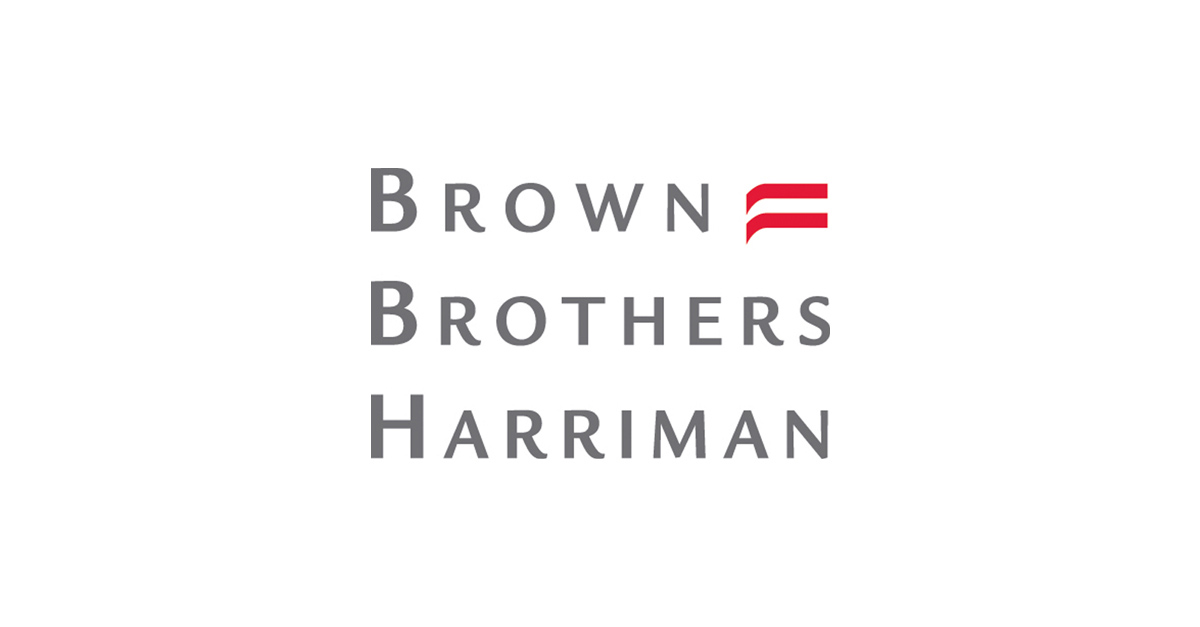ETFs in Europe risk breaching several UCITS rules including cash and overdraft levels following the move to a T+1 settlement cycle in the US.
ETF issuers and authorised participants (APs) will be required to manage the misalignment in the settlement between the fund and the underlying basket – without breaching UCITS rules – touted as one of the biggest challenges of the shortened settlement cycle.
The US is preparing to move to a T+1 settlement cycle in May, leaving Europe and Asia on a T+2 cycle, a misalignment that is likely to cause a headache for the industry.
Speaking on a recent webinar, Antonette Kleiser, ETF specialist at Brown Brothers Harriman (BBH), said: “[There is a] misalignment around the UCITS requirements and restrictions in Europe around how much cash ETFs can hold with one entity, which is restricted to 20%.
“There are also challenges around how much you can overdraw the fund by, restricted to 10%. These are around the whole UCITS question, which is proving challenging.
“There will be issues around whether it is an advertent breach or an inadvertent breach and whether it is one or the other dictates how it is perceived in terms of the responsibility and the resolution.”
Under the rules, UCITS must limit cash held with a bank to 20% of its net assets.
This is a particular challenge in Europe, where the market mostly operates in cash orders, according to Kleiser.
“Generally speaking, there is an acceptance that the risk of having a large cash balance is preferable to having the risk of an overdraft,” she added.
“The solutions to address this misalignment from the issuer's perspective would tend towards having cash balances.”
Kleiser said the solution depended on the makeup of the portfolio, but that “issuers will move the redemption cycle for AP orders to T+1, which helps them in terms of having less cash management”.
Alongside potential UCITS breaches, Kleiser said there were other issues around misalignment including how APs can place orders in the primary market as well as concerns around securities lending processes.
“If you look at the number of ETF issuers in Europe that are lending their portfolios, there certainly needs to be a focus around security lending processes and making sure it is as automated as possible,” she said.
“This is to be able to get securities back on recalls and facilitate the settlement of securities.”
The misalignment issues are particularly pertinent for European investors, who are more invested in the US than other global markets.
However, Kleiser said there are reasons to be optimistic about the upcoming changes.
“Over the last year in excess of 50% of ETF orders may be settling a T+1 basis,” she said.
“The APs are obviously coping. It will probably be a bumpy few months to get us into a good place in terms of cash balances, however, it is not totally foreign to the APs to be dealing with the T+1 on a fund.”



